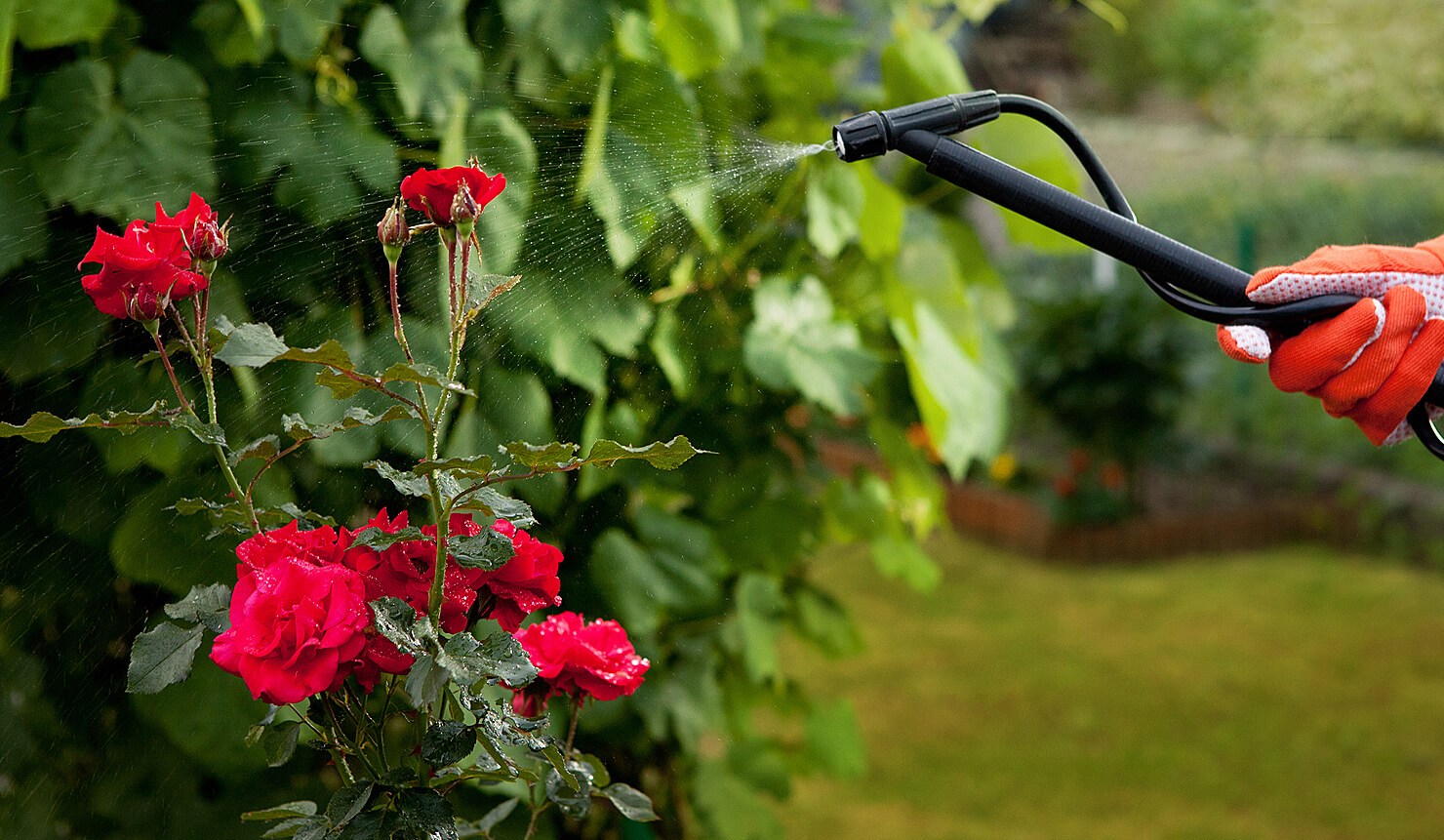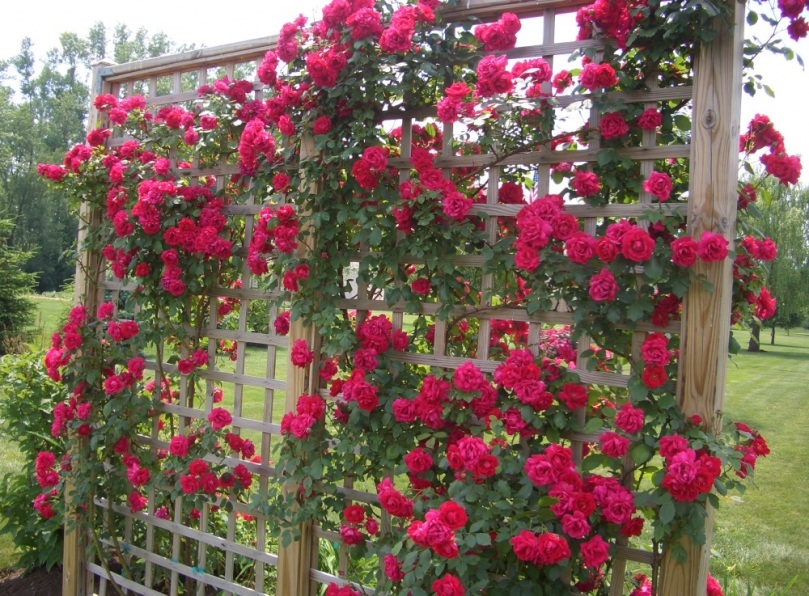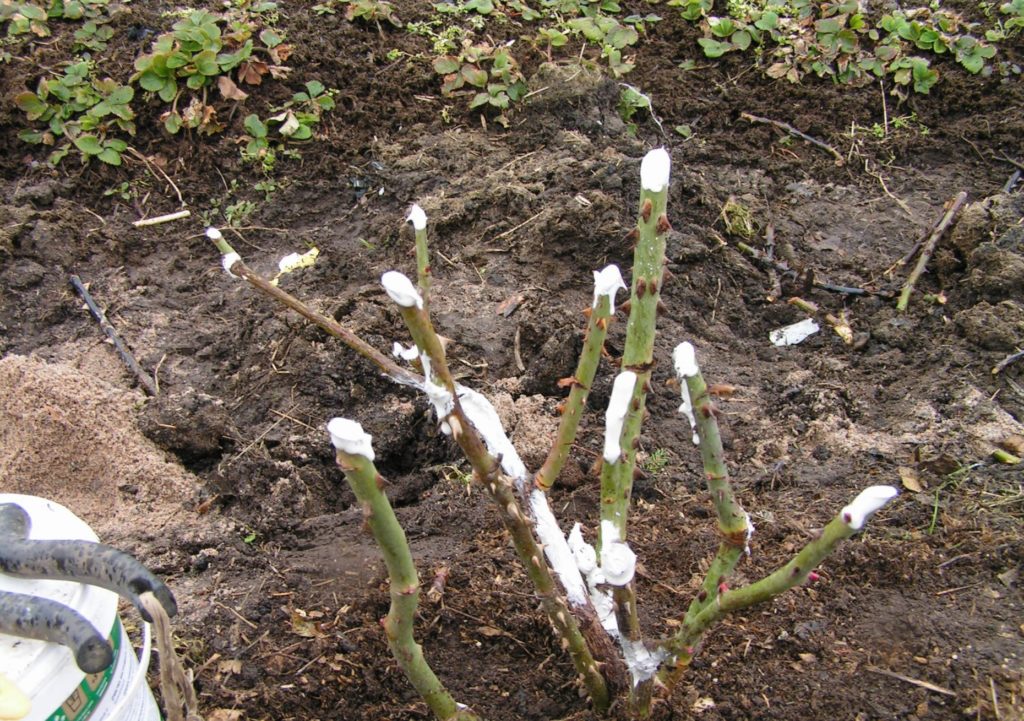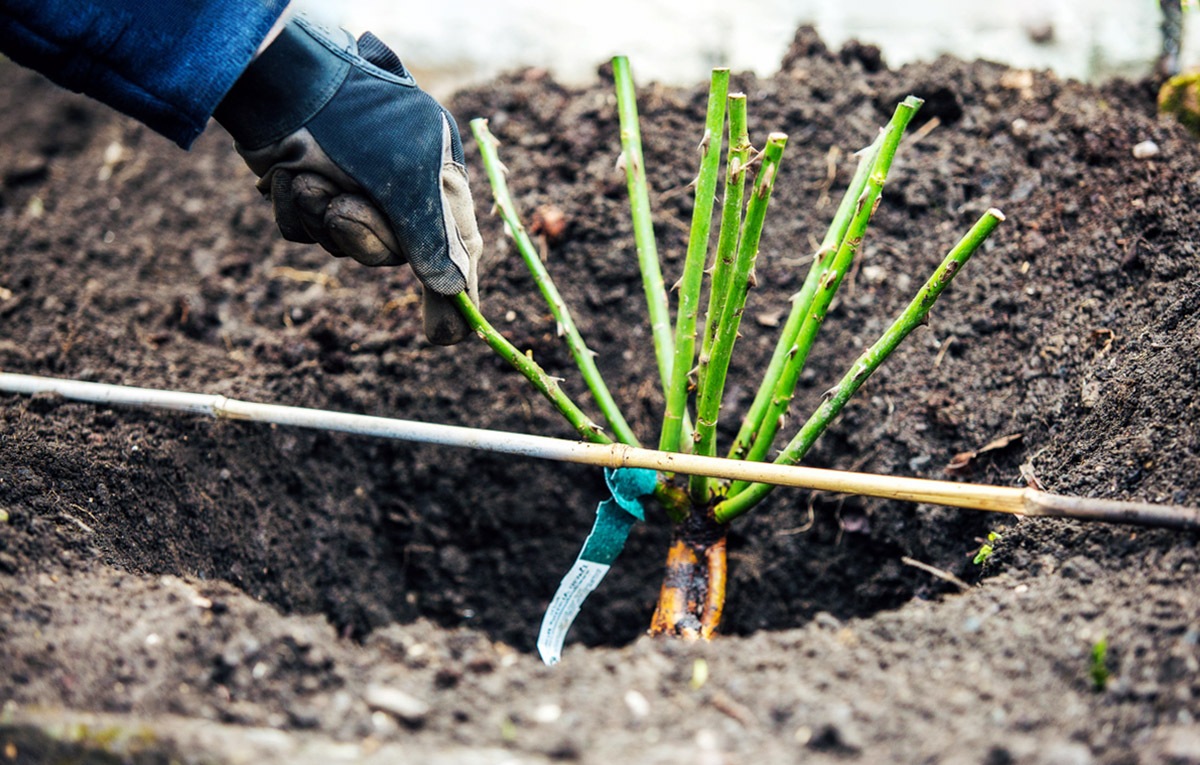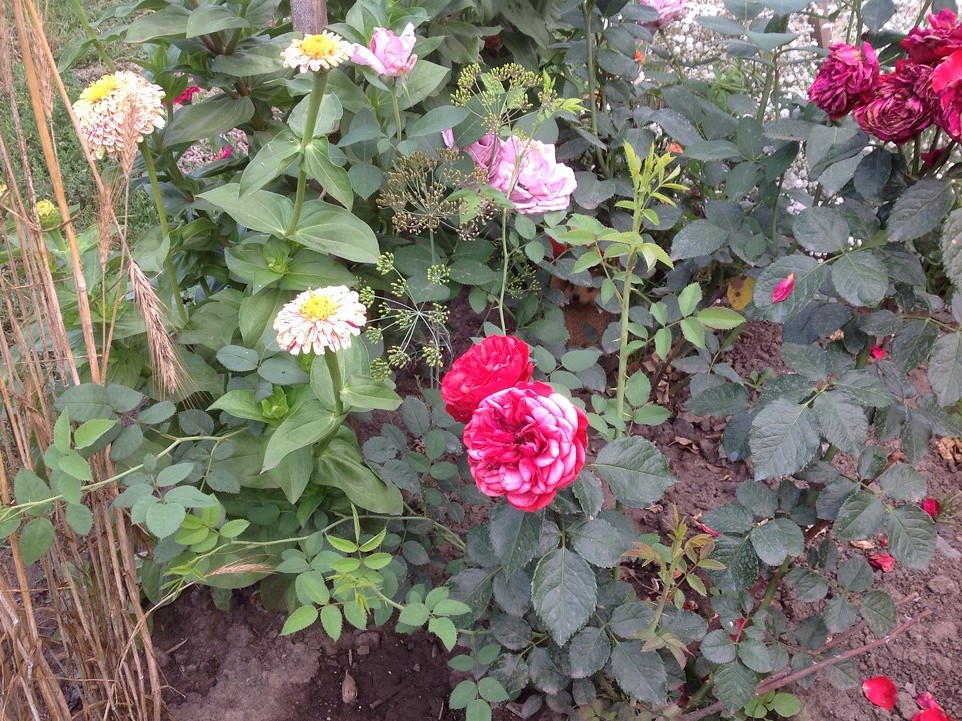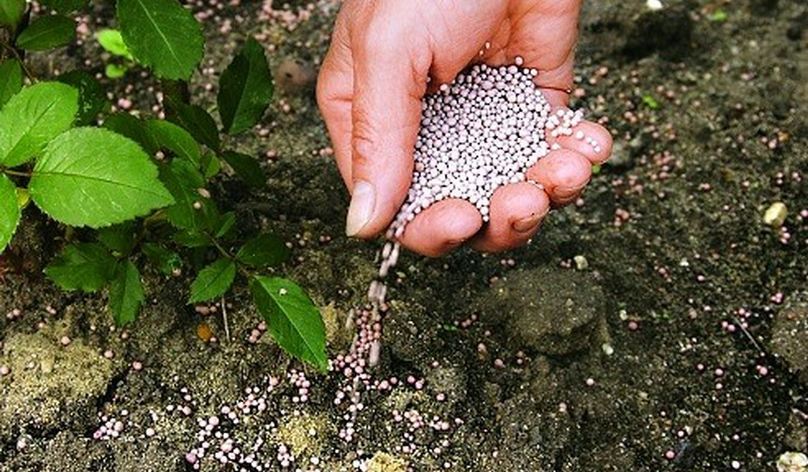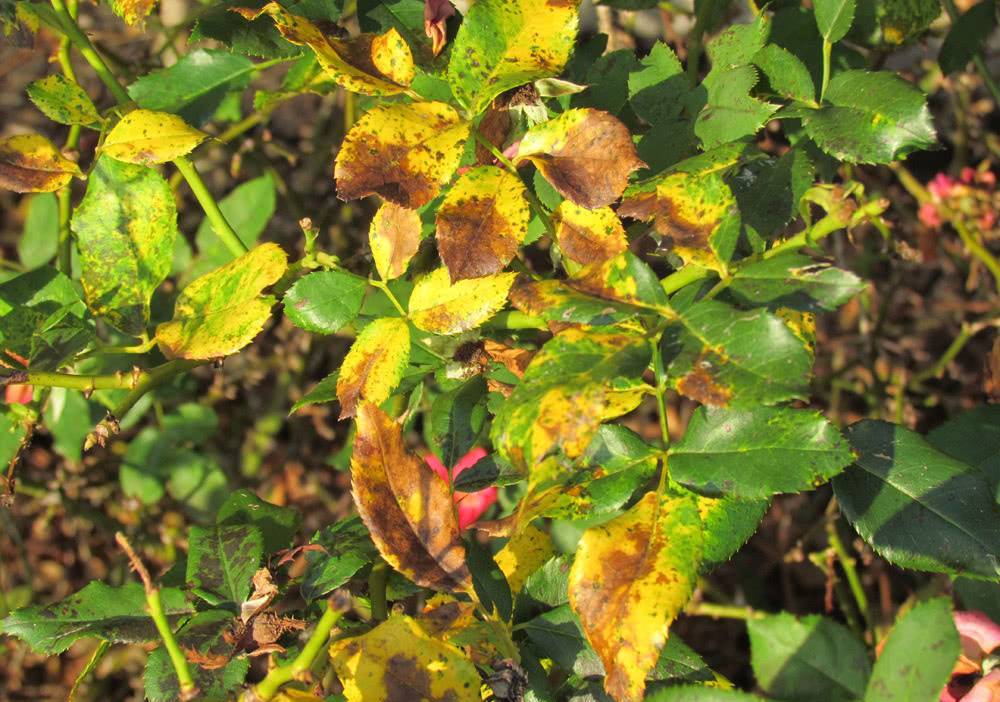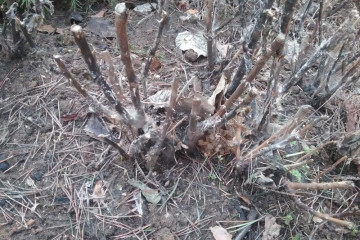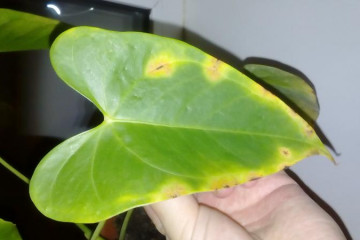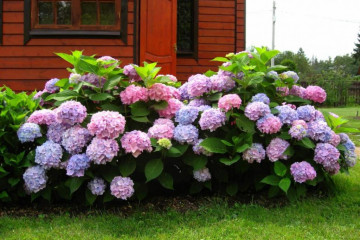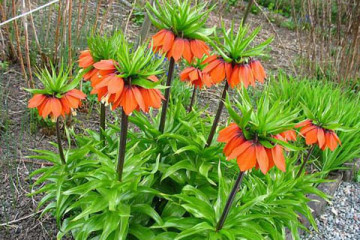The rose does not grow after planting - what to do
Content:
Newbies in flower cultivation often wonder why the rose does not grow after planting, and what to do to revive it. There are many reasons for the slow growth of a plant. It is necessary to carefully study each possible factor and eliminate it in a timely manner.
Why roses don't grow after planting
If the rose does not grow after planting, what to do in this case, every grower should know. There can be many reasons. The most common are:
- poor quality seedling;
- bad soil;
- late disembarkation;
- improper care;
- wrong place;
- lack of fertilizer.
Rose is a demanding plant. It is necessary to grow a culture observing the rules of care.
General rules for caring for roses in the open field
In order for the bush to develop well and gain height, the following care rules must be observed:
- Watering - To grow a healthy flower, you need to water the bush every two days. Young seedlings are irrigated every day. The water is used warm, previously settled.
- Top dressing. Fertilizing is necessary in 3 stages. In the spring, nitrogen, potassium and magnesium are used, in the summer it is necessary to add organic matter and complex substances. In autumn, the plant is fed with humus.
- Weed Removal - Weeds are a common cause of disease on rose bushes, so it is important to remove the grass regularly. Most often, weeds are removed by weeding. This procedure allows you to remove small weeds and fluff the soil.
- Pruning. It is necessary to prune the plant in spring and autumn. Also, in the middle of summer, it is advisable to carry out sanitary pruning by removing damaged shoots.
In addition, roses in the country must be covered for the winter. The only exceptions can be varieties that are resistant to low temperatures.
If roses do not grow well, how to help them
If the plant begins to die, the following recommendations must be followed:
- Dig out a rose and place it in a container of water for a day.
- Prepare a nutritious slurry by mixing peat, black soil and soil for roses in equal proportions. The mixture should have a liquid texture.
- The upper part of the rose must be cut, leaving only a few living buds.
Spray the plant daily with warm water from a spray bottle. After the rose comes to life, you need to transplant it to a new place.
Wrong landing site
Roses are light-loving plants, so if they grow poorly in a shady area, you need to know what to do in such a situation.
Why the climbing rose does not grow
This type of plant is often planted near a hedge. The wrong place can cause the rose to grow slowly. To cope with the problem, you need to make a support for the plant, and not use buildings and a fence for this. Most often, wooden stairs are used as support, which increase as new shoots appear.
Supports made of wood allow sunlight to pass through well, and the plant develops quickly. In the place of growth, the soil should be loose and air-permeable.
Why can't a rose be planted everywhere?
Seedlings planted in the shade do not grow upward and often shed their leaves. For normal development, it is necessary that the plants receive the maximum amount of light, especially in the morning. If the bush is planted in the wrong place, it must be transplanted, otherwise the plant may die.
Incorrect pruning of roses
If the rose does not shoot, what to do in such a situation, you can find out if you revise the pruning process.
This must be done in early spring and make sure that 3 living buds remain on the shoots. If you cut the plant too low, the bush will stop growing.
Incorrect pruning for the winter
In autumn, after the end of the flowering of the bushes, it is necessary to prune the shoots. This is done before the first frost to prepare the plant for winter. When pruning a rose, you must adhere to the following recommendations:
- leave hemp above ground level with a height of at least 20 cm;
- remove all young thin shoots;
- the cut site must be treated with an antifungal agent.
Climbing roses are cut to a height of at least 40 cm. For shelter for the winter, it is necessary to land the shoots and cover them with agrofibre. This will keep the kidneys from freezing.
If the rose does not grow after winter, you must:
- Remove all fallen leaves from the ground. Often pests lurk in the foliage.
- Inspect shoots for rot and damage. Prune off all extinct branches.
- Examine the root collar for the presence of kidneys.
- Feed the plant with nitrogen.
After such procedures, the rose begins to form young shoots that come from the root. These buds tolerate winter better and are rarely damaged.
Improper planting of grafted roses
The reason why roses do not give new shoots may be incorrect planting of the cuttings. The grafted cuttings must be planted so that the grafting site is 3 cm submerged in the ground. This will protect the grafting site from damage. If it is not covered with soil, wild shoots can grow, which will gradually turn the bush into a rosehip.
Negatively affects the growth of culture and the location of the grafting site deep in the ground. In such cases, the roots will begin to rot and the plant will die.
Untimely removal of wild growth
The emergence of wild growth is often the reason why roses do not grow roots. Young shoots consume all the elements necessary for the development of the bush, as a result of which the bush begins to wither. You can help the plant if all wild shoots are removed in a timely manner. Cut the shoots with pruning shears as close to the root collar as possible.
Improper watering
Despite the fact that the crop requires regular watering, excessive moisture can lead to root rot. In such cases, a young seedling may not take root well, and an adult bush will turn yellow. You can save the flower only by transplanting it to a new place and removing the damaged root processes.
Lack of moisture also negatively affects the growth of the bush. In order for the water to enter the roots, it is necessary to make a small earthen shaft around the flower. Thus, moisture will be retained and penetrate into the deep layers of the soil. In the hot season, it is recommended to water the bushes daily. In spring and autumn, watering is carried out every 2-4 days.
Excess or lack of fertilizer
You can help flower growth with fertilizers. However, you need to know when to feed the plant.
Often, with the wrong fertilizer, the growth of the bush slows down, and the rose begins to wither.
Lack of nutrients
With a lack of minerals such as nitrogen and phosphorus, red spots appear on the leaves. The plant may not form young shoots and buds. Lack of calcium causes the roots to stop developing and the plant sheds its foliage. Feeding with nitrogen is carried out in the spring, but phosphorus and calcium can be added in mid-May, when the buds begin to form. Re-fertilization is applied in mid-summer, most often in June, when the second wave of flowering begins.
Excess
Plant growth slows down if there is a lot of calcium in the soil. The rose grows poorly, the shoots are weak, pale green or yellow. Leaves can often become deformed. Mature shrubs do not bud. In such cases, fertilizers containing calcium are excluded, and the plant is fed with nitrogen.
To make the garden look attractive, roses are often used as decoration. In cases where roses grow poorly, you need to know what to do to save the culture. Otherwise, the bushes may die. To avoid such problems, you need to follow all the rules for care and make top dressing in a timely manner.

